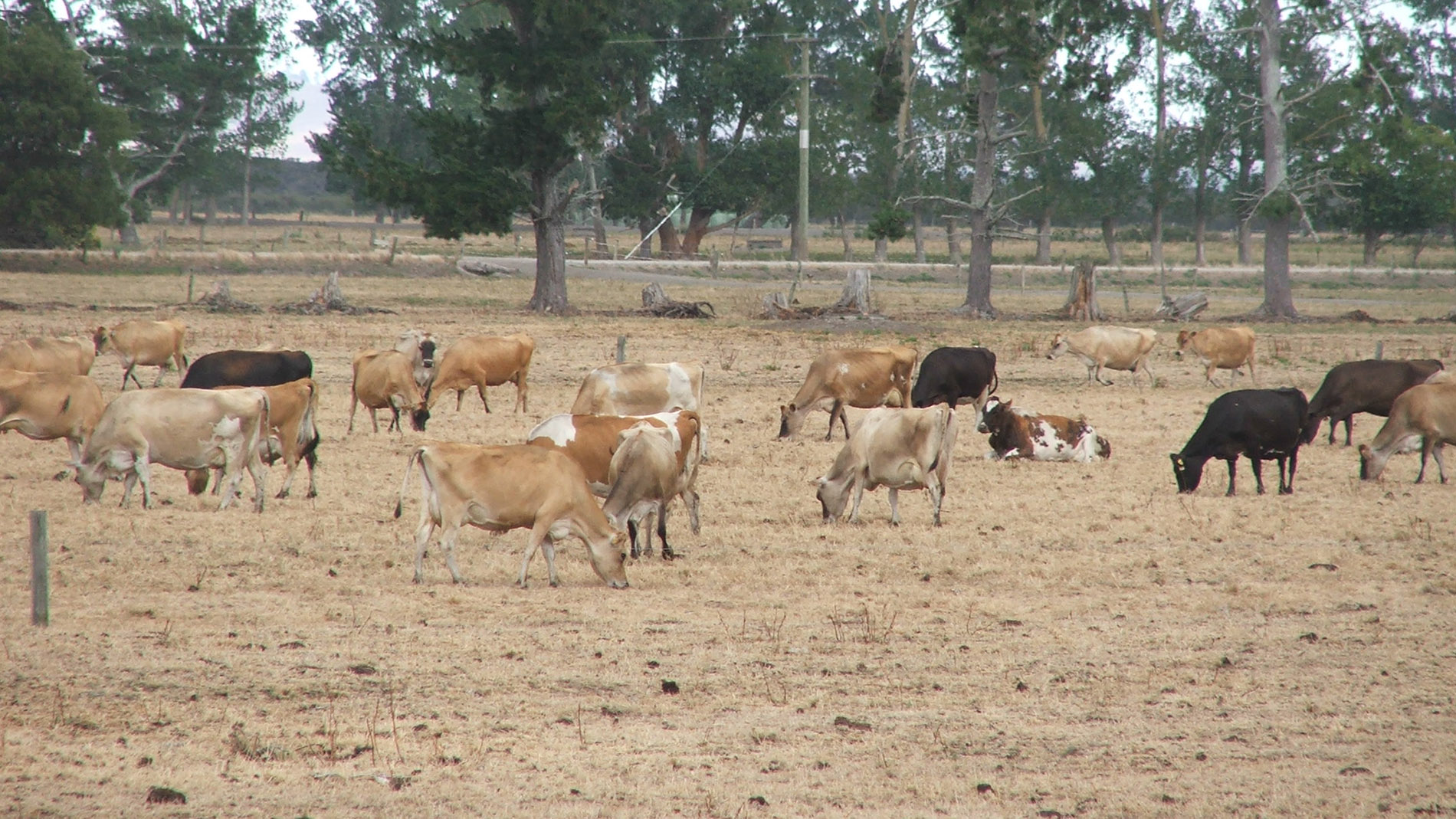 “What this means, looking forward, is that our relationship with water and the way we use it may need to change.”
“What this means, looking forward, is that our relationship with water and the way we use it may need to change.”
– Blair Keenan, Waikato Regional Council economist
The historically water-rich landscape of the Waikato is becoming increasingly prone to periods of drought, presenting a complex challenge to all water managers and users across the region.
To fully understand how to adapt to a drier future, Waikato Regional Council scientists, economists and water management experts got together to share their knowledge and develop a systems approach to help guide decision making and inform policy and investment.
Economist Blair Keenan, co-author of the resulting report, Adapting to Drought in the Waikato, says the core of the report is a diagram of the water cycle that takes account of direct influences on water flow and use, and shows how these influences interact in a dynamic way.
“It’s pretty in depth,” he says, “no pun intended”.
“This approach doesn’t look at actual water volumes or physical numbers but rather considers where does water come from, who or what is using it, and what happens when there is a change to, say, evaporation rates or soil management … those kinds of things.
“By mapping this, we can better see where vulnerability lies and what actions can be taken.”
Social scientist and co-author Melissa Hackell says the diagram also shows the dynamics between the hydrological and social systems in the region, and the potential for them to be impacted by climate change.
“By exploring these dynamics, we’ll be able to make decisions and investments about adaptation with more confidence.”
In 2020, the region’s annual rainfall was well below the long-term average, with the Ruakura rain gauge in Hamilton recording the driest year since records began in 1905. The region has also experienced six of the seven driest three-month periods on record between 2007 and 2020.
“Again, this year, it’s already looking and feeling dry,” says Blair. “Parts of the Waikato barely saw any rain in January.
“What this means, looking forward, is that our relationship with water and the way we use it may need to change; this work we’ve done starts that conversation – what will that look like?”






To ask for help or report a problem, contact us
Tell us how we can improve the information on this page. (optional)